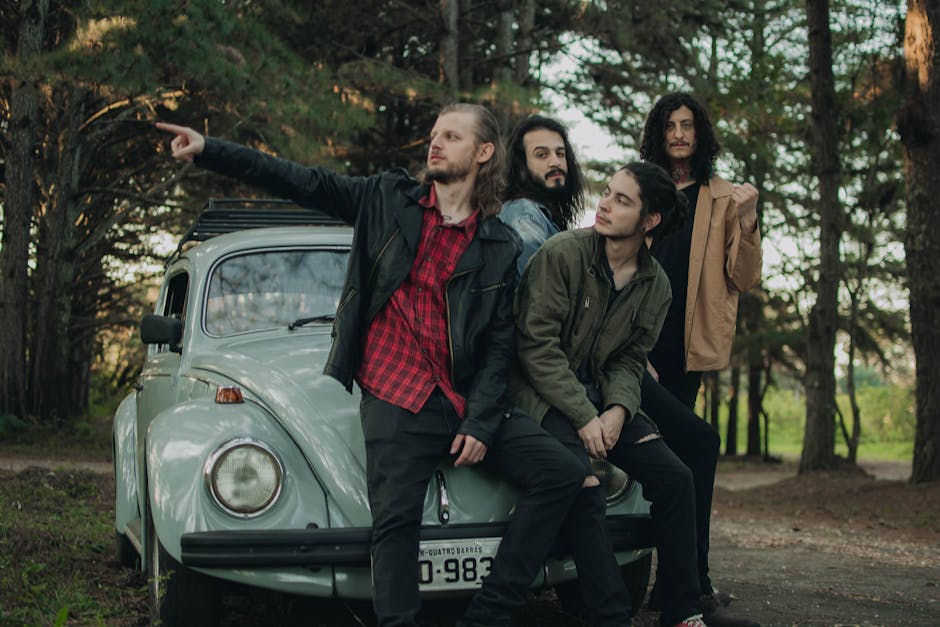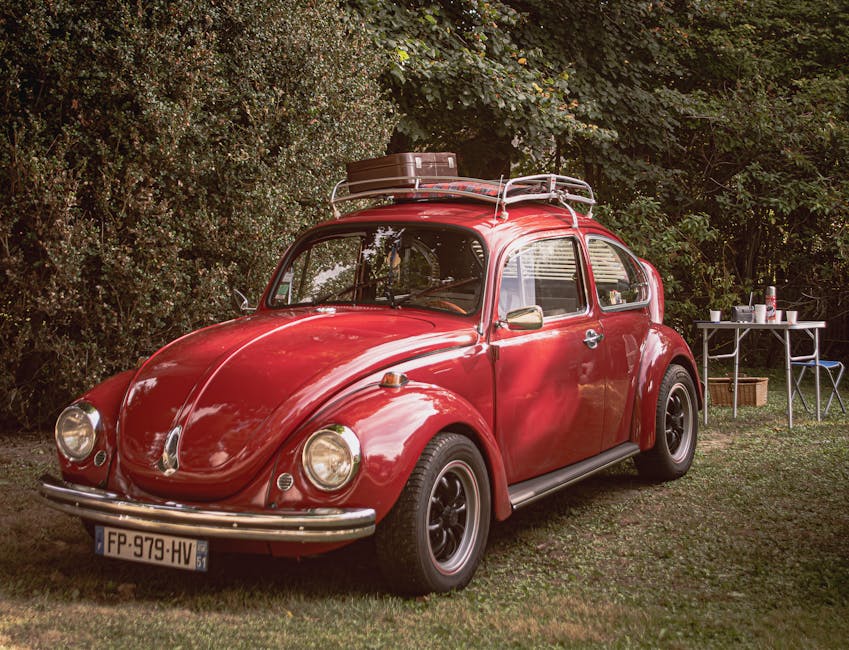The Iconic Volkswagen Beetle: A Journey Through Time

The Volkswagen Beetle, a car that captured the hearts of millions around the globe, stands as an emblem of automotive history. Its distinctive design and cultural significance have made it more than just a mode of transport; it has become an icon. From its inception in the late 1930s to its resurgence in the 21st century, the Beetle has undergone numerous transformations while maintaining its unique charm. This article explores the Beetle's journey through time, highlighting its evolution, impact, and enduring legacy.
Origins and Early Years
The Volkswagen Beetle's story begins in Nazi Germany, where it was conceived as part of Adolf Hitler's vision for an affordable car for the masses. Designed by Ferdinand Porsche, the first prototype emerged in 1938. Known initially as the "KdF-Wagen," production was interrupted by World War II, during which the factory shifted to military vehicle manufacturing.
After the war, British Army officer Major Ivan Hirst played a crucial role in reviving Volkswagen. By 1945, production resumed at Wolfsburg under British control. The car was rebranded as the Volkswagen Type 1 and later simply as the Beetle. Its affordability, reliability, and distinctive look quickly gained popularity.
By the early 1950s, Volkswagen began exporting the Beetle worldwide. It became especially popular in North America due to its low cost and excellent fuel efficiency. The Beetle's simple yet robust engineering made it an instant hit among consumers looking for a reliable and economical vehicle.
Golden Era: 1960s and 1970s
The 1960s and 1970s marked the golden era for the Beetle. It became a symbol of counterculture movements and was featured in numerous films and television shows, most notably Disney's "Herbie" series. The Beetle's unique shape and cheerful personality resonated with young people seeking something different from mainstream American cars.
- In 1968, production reached its peak with over one million units manufactured annually.
- The Beetle became one of the best-selling cars worldwide by the early 1970s.
- Significant design improvements included larger engines and enhanced safety features.
Despite its success, competition from more modern and fuel-efficient cars began to challenge the Beetle's dominance. In response, Volkswagen introduced various updates to keep the model relevant but eventually shifted focus to newer models like the Golf.
Decline and Resurgence
By the late 1970s and early 1980s, production in Germany ceased as demand waned. However, manufacturing continued in Brazil and Mexico until 2003. During this period, nostalgia for the classic design kept interest alive among enthusiasts and collectors.
The Beetle experienced a significant resurgence in 1998 with the introduction of the New Beetle. This modern reinterpretation retained the original's iconic shape while incorporating contemporary features such as front-wheel drive and advanced safety systems.
Volkswagen capitalized on this renewed interest by launching various special editions and marketing campaigns that highlighted the model's heritage. The New Beetle enjoyed moderate success until production ended in 2010.
Final Generation: The 21st Century
The final chapter in the Beetle's history began with a complete redesign unveiled in 2011. Known simply as "The Beetle," this version aimed to appeal to a broader audience by offering sportier styling, more powerful engines, and modern amenities like touchscreen infotainment systems.
This generation included several limited editions celebrating milestones such as "Beetle Dune" inspired by off-road vehicles and "Beetle Final Edition" commemorating its rich legacy. Despite these efforts, declining sales led Volkswagen to announce the end of production in July 2019.
| Year | Milestone |
|---|---|
| 1938 | First prototype unveiled |
| 1945 | Production resumes post-WWII |
| 1968 | Peak production year with over one million units |
| 1998 | Introduction of New Beetle |
| 2011 | Launch of redesigned final generation |
| 2019 | End of production announced |
Cultural Impact and Legacy
The Volkswagen Beetle's cultural impact is undeniable. From being featured in movies like "Herbie" to becoming a symbol of peace and love during the counterculture era, it has left an indelible mark on popular culture. Its unique design has inspired countless artists, musicians, and filmmakers over decades.
The Beetle also holds a special place in automotive history due to its engineering achievements. It demonstrated that a small, affordable car could be both reliable and enjoyable to drive—a concept that influenced many other manufacturers worldwide.
In recent years, classic Beetles have become highly sought after by collectors who appreciate their historical significance and timeless design. Restored models often fetch high prices at auctions, reflecting their enduring appeal among car enthusiasts worldwide.
The Volkswagen Beetle's journey through time showcases its remarkable resilience and adaptability. From its origins as an affordable people's car to becoming an icon celebrated worldwide for its distinctive design and cultural significance—the Beetle has left an indelible mark on automotive history.
While production may have ceased in 2019, nostalgia for this beloved vehicle ensures that it will continue to be cherished by enthusiasts for generations to come. Its legacy lives on through countless restored models cruising down roads around world—a testament lasting appeal timeless design enduring spirit innovation practicality affordability combined into one iconic package known simply as "the Bug". For further reading about the Volkswagen Beetle’s history visit Volkswagen’s official website here.
